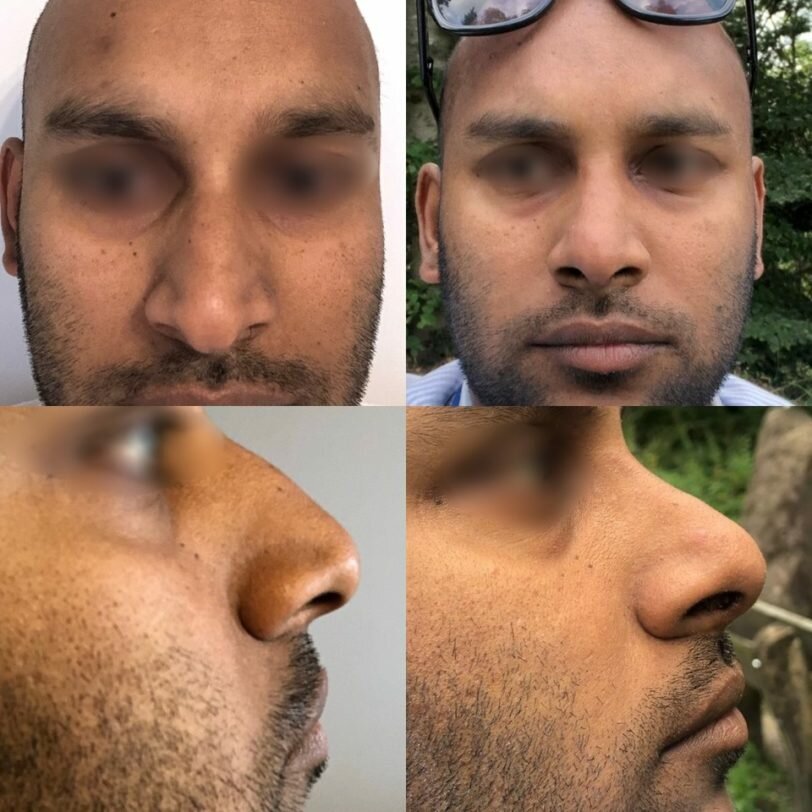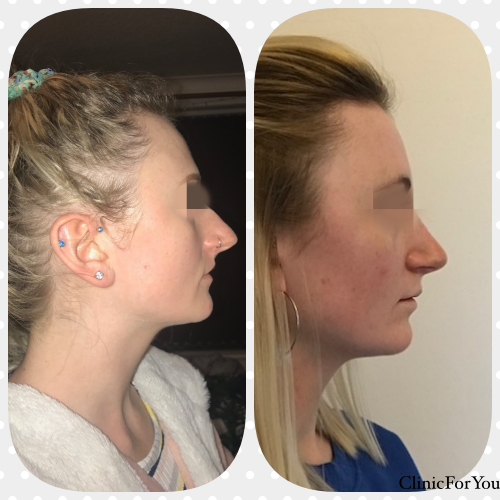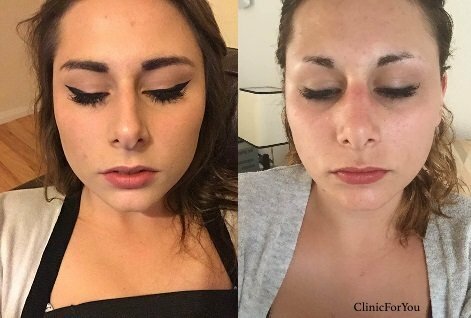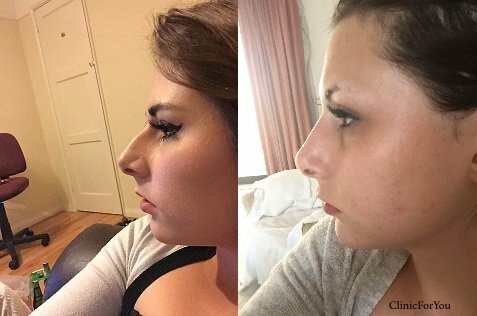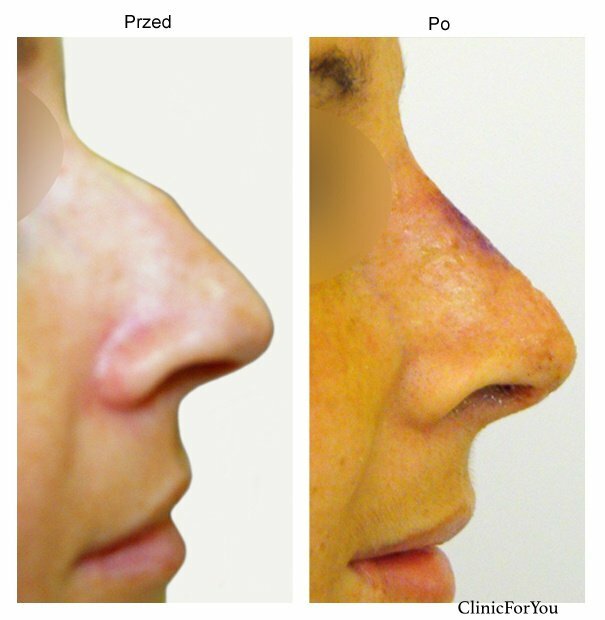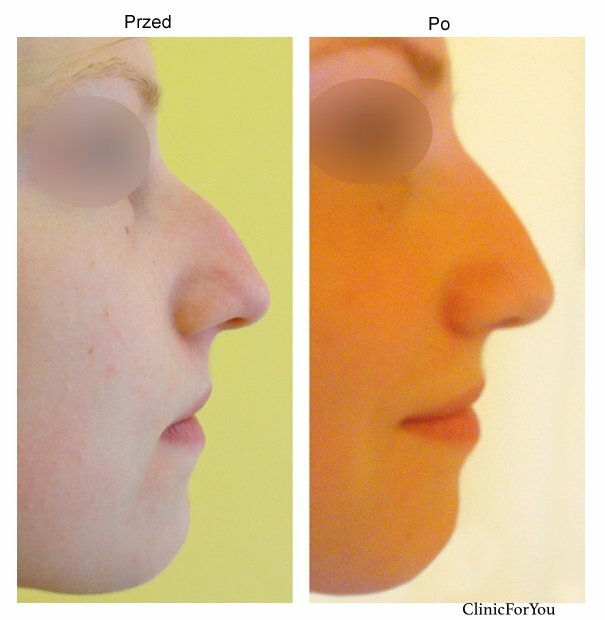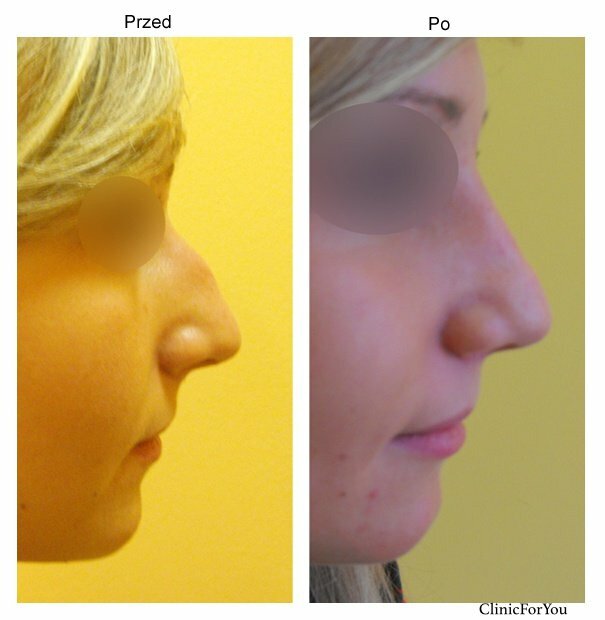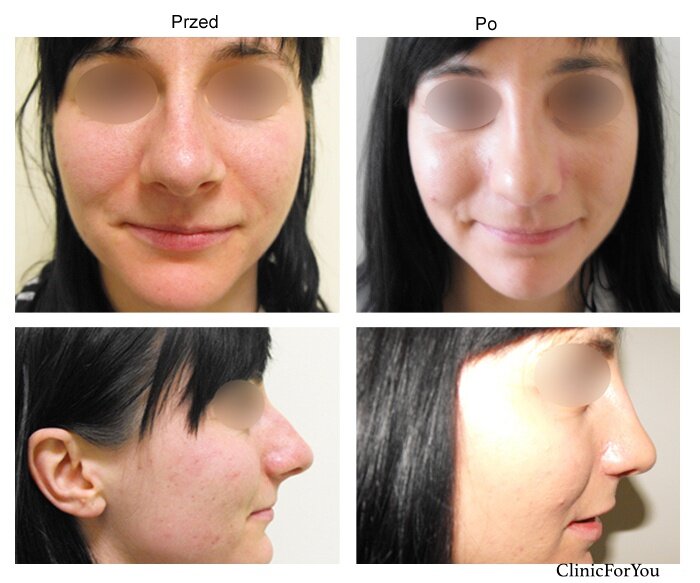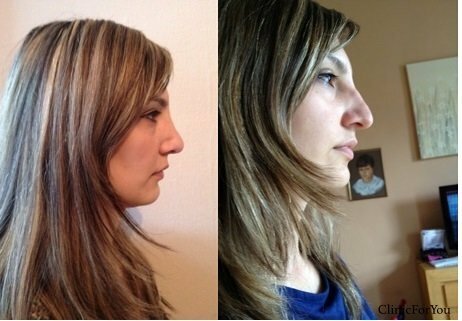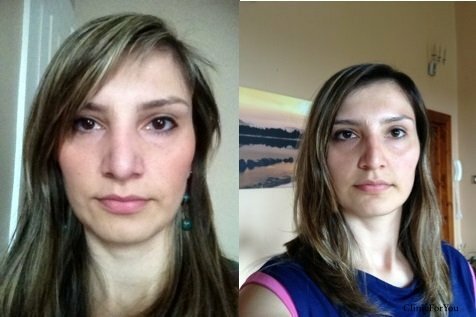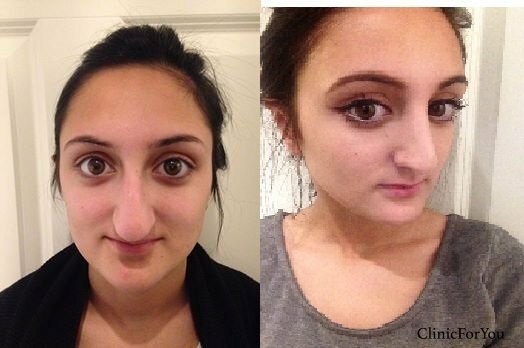Rhinoplasty is a cosmetic surgery designed to improve imperfections of the nose. The operation aims at repairing noses that are crooked from birth or due to injury, to repair asymmetries, to reduce or make more delicate certain nasal features, or to create a nose that is more harmonious with the face upon which it sits.
Rhinoplasty consists of various procedures, such as reshaping of the entire nose with or without breaking of bones and cartilage, nasal tip reshaping, reducing or increasing the size or width of the nose or its nostrils, etc. These procedures may be performed isolated or combined, depending on individual needs and expectations.
The procedure is done under local or general anaesthesia, depending on which type of surgery is performed. Also, the incisions and corrections are made based on a patient’s needs and requirements.
Once the surgery is completed, tape and a splint are applied to the outside of the nose to maintain the new positioning. The tape and splint are left on for approximately 10 days, and a gauze drip pad is taped below the nose to catch any blood. This will need to be changed four to eight times in the first 24 hours.
Regarding aftercare, patients should avoid bending over during this time, and the activities should be no greater than walking. Exercise, straining, and lifting should be avoided. Bumping the nose should be carefully avoided too.
After several weeks following the surgery the swelling should subside, however the final result of the procedure is usually visible after up to one year.

